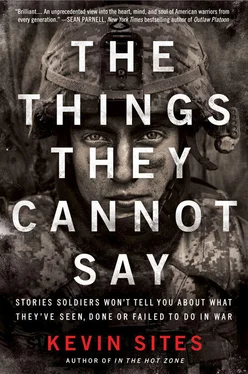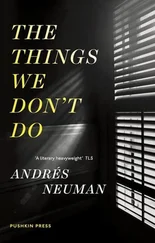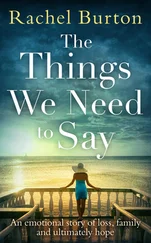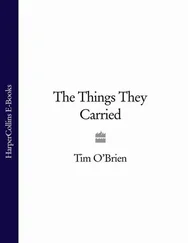I was also having so much trouble cornering sources and getting them to talk to me that I began to think the whole project was futile. Writing became so difficult that at first I could grind out a page or two before going for a cigarette, then it would become a paragraph or two, eventually a sentence and then, after staring at the screen long enough with nothing coming out, I would start drinking again, trying to trick myself into believing it would loosen my brain and the words would come. They rarely did. I became so frustrated that I convinced myself that the problem wasn’t post-traumatic stress but attention deficit disorder. I knew the drug Adderall was commonly prescribed for ADD, but I also knew that college students used it illicitly to help them focus, study harder and stay up longer. I finally got the courage to ask my doctor to prescribe it for me as a test. He did so, reluctantly.
The first time I took it, I used the proper dosage of two ten-milligram pills. It gave me a jittery sensation, but also, I believed, the ability to better concentrate. In a few days I had written more than I had in weeks. For a moment, I felt I had found my cure. But when it wore off, I was exhausted. Like cocaine, Adderall puts your whole nervous system on overdrive. I started exceeding the proper dosage by twice or sometimes three times the amount. I would sit down at my computer, type a few lines but then become too jittery to work. I needed a drink to cut the effect and then a cigarette with the drink. Soon I was on the floor of my apartment again instead of at my laptop, blowing billows of smoke up at my chimney that drifted, I imagined, down to the common, mingling with the ghosts of Washington and his army preparing to lay siege to Boston. After this brief surge of pharmaceutical-induced hope, my writing again hit a wall.
But while I couldn’t write, I could think, and Taleb Salem Nidal was never far from my thoughts. In my head, I would play back the video I shot of him, see the resignation on his face and hear his voice as I walked away. Sometimes when I was fully immersed in the Mardi Gras of my own self-destruction, I would try to talk to people about what I had done, and the combination of my desperate earnestness and slurring words made the dark tale even more unpalatable and almost impossible to understand. The burden remained mine alone.
Once, after a night of heavy drinking, I stood staring up at a lamppost, wondering why I shouldn’t just unsheathe my belt, loop it over my neck and tie the other end to the base of the light. It was, I thought, simple math—a life for a life. If not that night, soon I would have to make a choice.
Part I: The Killing Business
What’s It Like to Kill in War?
There is this ringing hum this
bullet-borne language ringing
shell-fall and static this late-night
ringing of threadwork and carpet ringing
hiss and steam this wing-beat
of rotors and tanks broken
bodies ringing in steel humming these
voices of dust these years ringing
rifles in Babylon rifles in Sumer
ringing these children their gravestones
and candy their limbs gone missing their
static-borne television their ringing
this eardrum this rifled symphonic this
ringing of midnight in gunpowder and oil this
brake pad gone useless this muzzle-flash singing this
threading of bullets in muscle and bone this ringing
hum this ringing hum this
ringing
—Brian Turner, U.S. soldier (Iraq and Bosnia), writer-poet, educator
[5] “Phantom Noise” from Phantom Noise . Copyright © by Brian Turner. Reprinted with the permission of The Permissions Company, Inc., on behalf of Alice James Books, www.alicejamesbooks.org .
Chapter 1: Killing Up Close
I’ll never tell her what things I did here. I’ll never tell anybody.
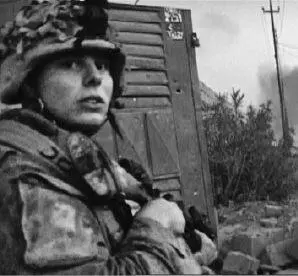
Corporal William Wold, U.S.M.C.
3rd Battalion, 1st Marines
The War in Iraq (2004)
Imagine you are a Marine ordered to clear a building during one of the bloodiest battles of a particularly brutal and dirty war. Anything could be waiting for you inside: mines, booby traps, goats, women, children… or fully armed enemy fighters. Once you discover what’s on the other side of the wall, you will have to make a decision in a fraction of a second about whether you need to pull the trigger or not. The marvels of modern weaponry—robot drones, guided cruise missiles and even small arms that have great accuracy over long distances—have made this kind of close-quarters combat mightily rare and mostly unnecessary. But this day, for Corporal Willy Wold, is one of the exceptions. When I see him, he’s standing in front of a wall outside a mosque in Fallujah and firmly in the almost manic-rapturous throes of a full-tilt adrenaline dump, the kind you get when you come face-to-face with your enemies and kill half a dozen of them before they can kill you.
Only about forty minutes ago, his fireteam had entered the mosque in south Fallujah from which insurgents had been shooting. At one point during this war American military leadership had decided not to attack mosques, even if insurgents were fighting from inside. The public-relations blowback of destroying a Muslim holy place undoubtedly created more insurgents instead of fewer. But this unofficial policy also gave rise to what American military strategist and historian Edward Luttwak calls the “paradoxical strategy of war,” which, in very simplified terms, proffers that regardless of the soundness of your strategic thinking on the battlefield, your enemy will quickly adapt and use your practices against you. Because the Americans weren’t attacking mosques, insurgents routinely fought from them, even using their towering minarets as sniper nests. Frustrated, American generals decided before Operation Phantom Fury, a major offensive to drive insurgents from Fallujah, that the restraints were coming off and if insurgents holed up in a mosques, those mosques were coming down. [6] Operation Vigilant Resolve, or the First Battle of Fallujah, began in early April 2004 in retaliation after four Blackwater American security contractors were killed and their bodies burned on a bridge in Fallujah that March. It ended less than a month later with a cease-fire that handed over security responsibilities in Fallujah to a force of Iraqi Sunnis known as the Fallujah Brigade. The brigade was supposedly allied with the American military and the Iraqi government but soon switched sides, joining the insurgents, turning over weapons to them or both. Operation Phantom Fury, or the Second Battle of Fallujah, was about correcting that mistake. With more than thirteen thousand American, British and Iraqi government troops, Fallujah was brought under military control in forty-five days. It was the bloodiest battle of the War in Iraq, with as many as fifteen hundred insurgents killed and more than a hundred coalition troops. Eight hundred civilians were also estimated to have died.
This mosque that Willy Wold entered would be an example of that new policy. When Marines took fire from it, they responded by blasting holes through the walls with high-explosive rounds fired through the 120 mm main guns of their M1A1 Abrams tanks. Soon after, a squad of Marines led by Lance Corporal Patrick O’Brien entered the mosque. They found one dead and five wounded insurgents (the same mentioned in the prologue), likely the result of the tank’s rounds.
The wounded Iraqis inside the main hall surrendered without a fight, slumped against the back wall bleeding and broken. But there was another room that hadn’t been checked out yet. O’Brien ordered Wold and his three-man fireteam to stack on it (SWAT-style) and make sure it was clear.
Читать дальше
